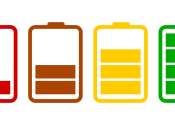Charging electric cars up to 90% in six minutes
With Telsa in the lead, the electric vehicle market is growing around the world. Unlike conventional cars that use internal combustion engines, electric cars are solely powered by lithium ion batteries, so the battery performance ...
Oct 23, 2020
0
11





